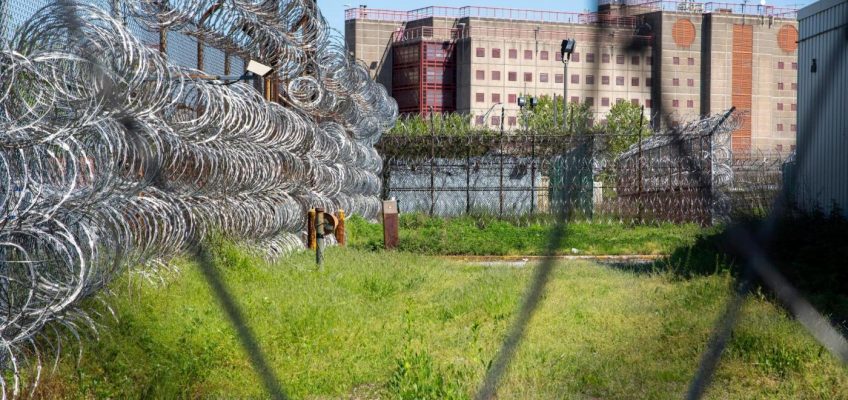By MEGAN JANETSKY
MEXICO CITY (AP) — Lawyers for a 2-year-old U.S. citizen who was deported with her mother to Honduras said on Tuesday that the family was lifting its lawsuit against the administration of U.S. President Donald Trump.
Related Articles
20 Democratic attorneys general sue Trump administration over conditions placed on federal funds
House Republicans look to help Trump strip tax-exempt status of nonprofits he says support terrorism
House Republicans launch marathon hearings to push ahead with Trump’s big bill
Schumer is vowing to hold up Justice Department nominees for answers about luxury plane from Qatar
Buttigieg returns to Iowa for veterans’ town hall amid talk of another White House bid
The girl -– one of three U.S.-born children who were deported alongside their Honduran-born mothers -– had been at the heart of one of the mounting legal battles playing out in the United States weighing if the Trump administration broke the law in implementing its new deportation policies.
“Given the traumatizing experiences the families have been through, they are taking a step back to have full discussions about all their options, the safety and well-being of their children, and the best ways to proceed so the harms they have suffered can be fully addressed,” said Gracie Willis, one of the family’s lawyers.
The lawsuit was brought by the American Civil Liberties Union, National Immigration Project and several other allied groups, which said the deportations were a “shocking — although increasingly common — abuse of power.”
Willis and the group of lawyers had argued that the families did not have a fair opportunity to decide whether they wanted the children to stay in the United States. Willis said the family of the 2-year old girl and their lawyers jointly decided to dismiss the case to give the family “space and time to consider all the options that are available to them.”
A federal judge in Louisiana had raised questions about the girl’s deportation, saying the government did not prove it had done so properly.
The Honduran-born mother — who is pregnant — was arrested in April on an outstanding deportation order along with the girl and her 11-year-old Honduran-born sister during a check-in appointment at a U.S. Immigration and Customs Enforcement office in New Orleans, lawyers said. The family lived in Baton Rouge.
Lawyers for the girl’s father insisted he wanted the girl to remain with him in the U.S., while ICE said the mother had wanted the girl to be deported with her to Honduras.
In a court filing, lawyers for the father said ICE indicated that it was holding the girl in a bid to induce the father to turn himself in.
U.S. District Judge Terry Doughty in Louisiana had scheduled a hearing for the case later this week, saying it was “in the interest of dispelling our strong suspicion that the Government just deported a U.S. citizen with no meaningful process.”




